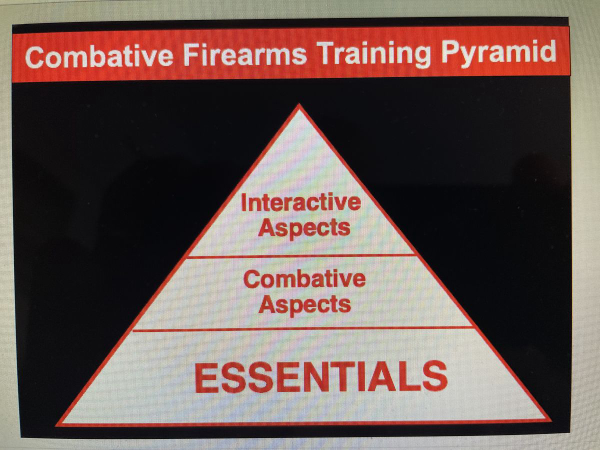So, You Think You Can Shoot?
By Glen Wunderlich
Outdoor Columnist
Member Professional Outdoor Media Association
As throngs of buckmaster wannabes slip into their personal Michigan hideouts next Sunday, each hunter’s tactics will be measured and evaluated afield based on results. The moment of truth shall define either the level of luck and/or the level of skill. Since Lady Luck has rather fickle tendencies, it’s best for hunters to be more self-reliant by honing their skills. Time is short this season, but each of us still has time to develop an intangible concept: Discipline.
Discipline is training that develops self-control and character. And, character is the personality traits each of us assigns himself – even when no one is watching.
In a hunting situation, discipline is understanding when to hold fire. Just because guns will shoot for miles, doesn’t mean there’s sound rationale for attempting shots out of one’s league. I prefer a perfectly placed, instant-kill shot to the high shoulder of a mature doe, than a decidedly low-percentage prayer that has little chance of being answered. One involves discipline; the other involves assistance from outside forces.
Ethical hunters will always be patient for an opportunity that has an extremely high percentage rate of success. I have been a strong proponent of practicing with smaller-than-typical deer kill-zone targets of only 6 inches in diameter, because they allow an additional 3-inch margin for error. The margin of error is needed to counteract conditions afield such as temperature of one’s fingers, racing heart, lack of steady rest, unknown distances, unknown wind factors, unknown trajectory knowledge of one’s bullet properties in flight – and, last but certainly not least, targets that are subject to movement.
If a target shooter is able to hit stationary 6-inch targets under controlled conditions at various ranges, the ethical question is can he do it with any number of variables working against him under unpredictable circumstances afield. Even with a perfect rest, any one of the above components easily could place a bullet outside of the six-inch kill zone target and even the true 9-inch kill zone.
To emphasize how things get tricky, how ‘bout a little pop quiz? One of the hottest Remington 12-gauge sabot loads scorches a 385-grain bullet along at 1900 feet per second from the muzzle. The shotgun is sighted in for a 150-yard zero. Assuming a solid hold into a 90-degree crosswind at 15 miles per hour (mph), what would be the wind drift in inches at 150 yards? Answer: Total wind drift in the above example is 10.35 inches!
Recalculate if the wind blows more, or less, and the angle of wind direction changes, but how much? Factor in an increased heart rate and it is easy to understand how misses occur, or worse yet, wounded animals get wounded.
The moral of the scenario is that every hunter needs to understand, and be aware of, the effects of certain predictable variables by educating himself as much as possible. A simple test afield can be summed up this way: Are you able to hold your sights steadily on your target without wobbling off the 6-inch mark? If so, that’s a good beginning; if not, you are too far away.
If a hunter can be honest with himself and knows his limitations, ethics dictate he must hunt within them – whatever they are. That’s discipline. And, while it’s impossible to control external factors, self-restraint can be applied anytime; the ethical sportsman chooses wisely.






